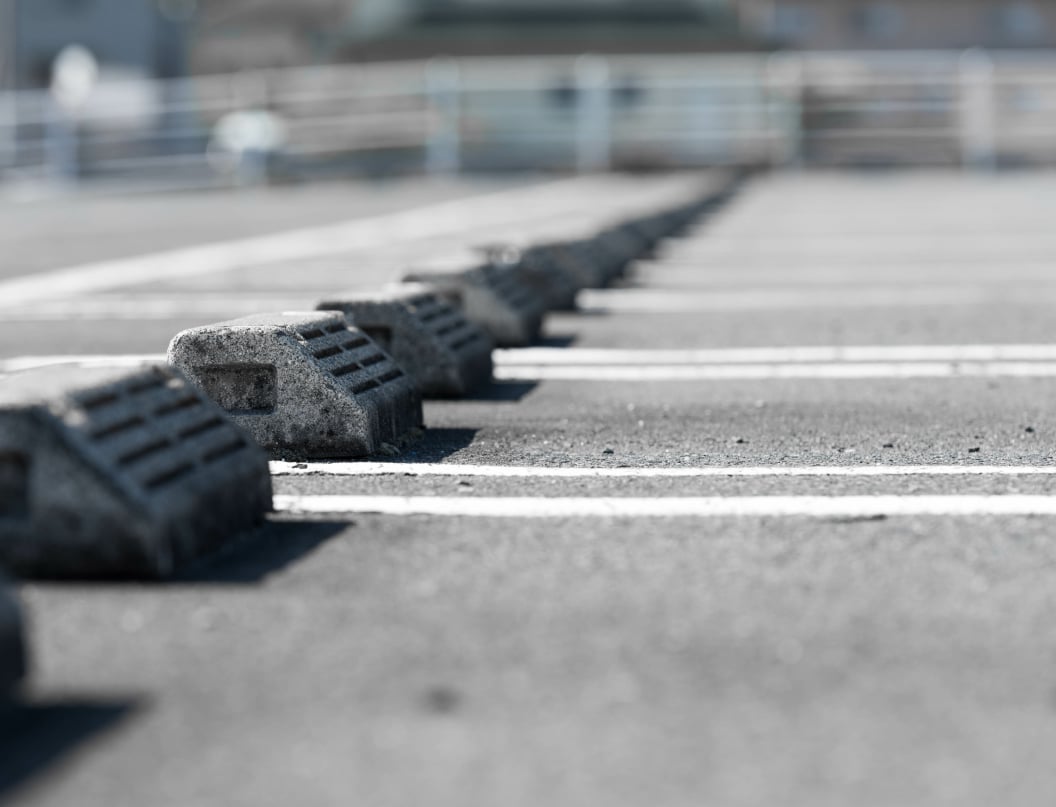Pervious Concrete: Concrete That Drinks!
The answer to many Phase II Stormwater Control Problems! Pervious Concrete is concrete that allows water to flow through it, while still functioning as a conventional pavement.
EPA Approved Best Management Practice (BMP):
Use it as a parking lot to clean up 95% of “first-flush” pollutants.
It is recommended to place a pervious concrete parking lot on top of an open-graded stone base so it can store all runoff. All storm water from the pavement surface and from the well positioned, building roof drains are then directed into this open graded stone layer.
The pervious concrete will store the water runoff and begin to filter out the large sediments. The naturally occurring bacteria that colonizes the pavement will biologically breakdown most of the hydrocarbons that drip off of cars. The heavy metals settle out to the bottom layer of the system.
When pervious concrete is poured, a filter fabric is placed between the sub-base and the open-graded stone layer in order to keep the sub-base from migrating into the storage layer. The storage layer should be designed to hold the locally mandated volume of stormwater. The amount of water that a stone layer will hold varies by location and supplier, but a 30% storage volume is average.
Pervious concrete’s void content ratio will typically range between 15-35% by volume. For example, a 10” thick storage layer will hold 3” of rainfall, and 6” of pervious concrete will hold 1” or more of rainfall. An over-flow drain is recommended to allow the system to release water at the locally mandated rate. This drain will also keep the system from becomingly completely full, and is mandatory if the sub-base does not perk well.

 @IRMCA
@IRMCA
 @IRMCA
@IRMCA
